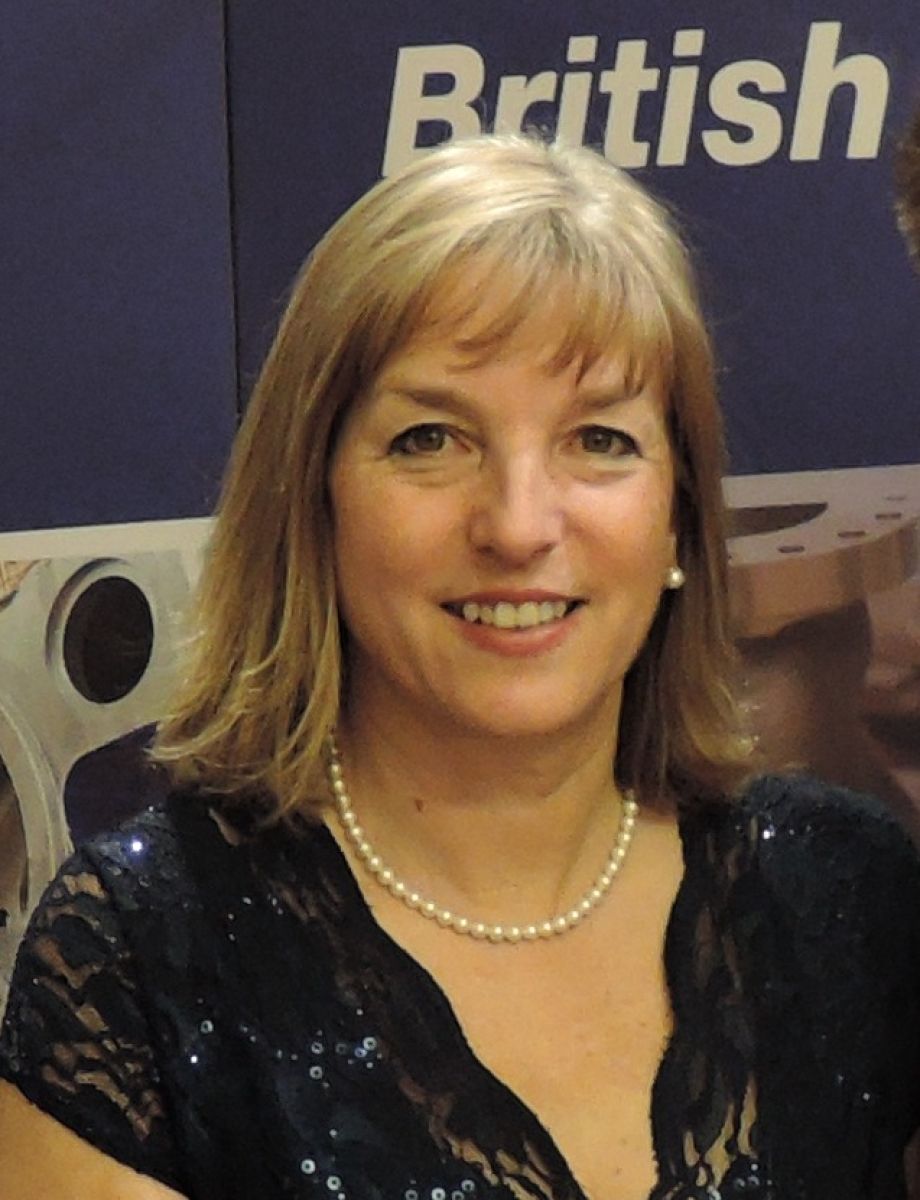Pam Murrell, Chief Executive, Cast Metals Federation

Chief Executive of the Cast Metals Federation, CMF – the Trade Association for the UK castings and foundry industry.
What does that involve, look like on a day-to-day basis?
My role at CMF is to ensure that we support our Members, providing relevant information and data, arranging networking meetings and events and representing the industry. So this means that I spend a lot of time pulling information together, visiting companies (in normal times), writing news items and reports, arranging surveys as well as convening and chairing meetings. It does necessarily involve a lot of responding to emails and taking phone calls – good communication is the key for us to enable collaboration. I also get to represent our sector internationally attending meetings, conferences and exhibitions from time to time.
The role is very varied, as we are a very small team, but that makes it very interesting as there are always new challenges. There are so many areas that we can get involved in, for the benefit of the industry, so making the judgment call as to how to best use our limited resources is an important part of the job.
How did you get started working in STEM?
This began when I took up a project researcher role at an independent research and consultancy organisation and then migrated into working on several technical consultancy projects. I then moved into Association work with Membership Organisations, initially as the Technical Officer at a Professional Body in the engineering sector, and then more latterly the Chief Executive before moving to the Cast Metals Federation.
What qualifications did you take or gain along the way?
At school I liked lots of subjects, but preferred short answers to writing essays (!) so I opted for science A’ levels (plus French as I liked travelling) at my comprehensive school and then did a BSc Degree in Metallurgy & Materials at University. After an exchange year in France, I then took up a Research Assistant role at Cranfield University on an industrially sponsored project, which also led to me being able to complete a PhD (Doctorate) – not something I had planned to do but the opportunity arose and was too good to miss. This was a test of tenacity in the end, but I don’t regret making the effort and I think being able to use the title Dr has given me a degree of additional credibility when meeting new people from industry.
Why do you love working in STEM?
Being involved in engineering and manufacturing is rewarding as it relates very closely to the real world – making the things that we use in everyday life. This means that there are always interesting projects and new initiatives to get involved in, requiring problem solving and team work. At the moment, for instance, there is a real focus on sustainability and the drive to net zero, so this is going to be very important of work to be involved with. There is an international community, certainly in the castings sector, and this too provides lots of opportunities to travel and attend national and international events.
What challenges have you faced in your career? And how have you overcome them?
I have tended to be fairly pragmatic and look for the positives, rather than get too distracted by challenges or obstacles. I was made redundant when my children were very young, which was worrying, knowing that I then only wanted to work part-time, but then was able to spend the next 10 years working part-time (earning little more than the cost of my childcare initially, but taking the long view that I was keeping my hand-in and making connections, and then, in time, I could increase my hours.
I think in some ways being female in a male-dominated sector could be argued to have been an advantage, as you can stand out a bit more, especially if you can establish that you are credible, committed and enthusiastic. Most of the time I can be the only woman in meetings but it has never been an issue.
What advice would you offer for someone joining the STEM sectors?
I would just say to enjoy it, be professional and retain your sense of humour.
What do we need to do as an industry to attract and keep more women in STEM?
More visibility for those in the sector would be a positive, to help normalise it. I do try to look for opportunities to invite women onto our Councils but this is not easy when there are so few to call upon. We should try to reach out and ensure that any young women feel that they can have support, if indeed they feel that they need it. Plus I think we can stress the role of STEM in changing the world for the better and enabling modern life in a sustainable way so you can play a role in ‘making a difference’.
